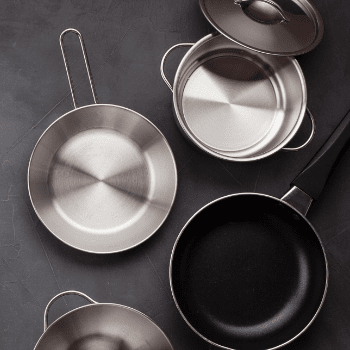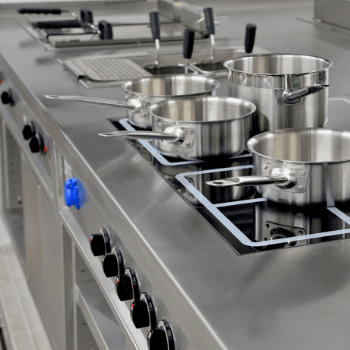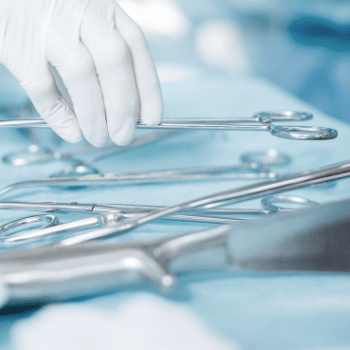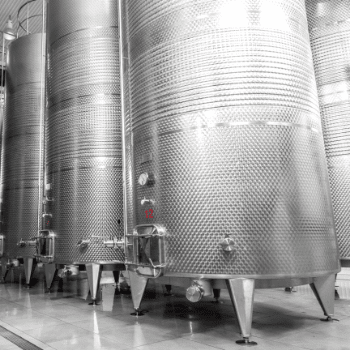Stainless steel waste
Nord Holding operates with stainless steel waste (scrap) according to the provisions of the Waste Management Act.
Stainless steel waste (scrap) consists of chrome-nickel pieces, parts, shavings, etc. with different nickel content.
In Nord Holding’s nomenclature it is grouped into 5 types:
Types of stainless steel waste
Stainless steel is categorized as a ferrous metal, but it is not attracted to a magnet. It is a steel alloy containing chromium and nickel in varying ratios.
Stainless steel waste shall be accepted free of other metals, impurities and contaminants, and turnings and shredder material – without excessive moisture and oil.
Upon reception, stainless steel waste is checked for radioactivity and categorized according to Nord Holding’s nomenclature based on origin and nickel content.
Nickel content is determined using a chemical analysis device.
After acceptance, the stainless steel waste is sorted, cut into sizes, baled as necessary and delivered to recycling facilities.
Recycling process
In theory, stainless steel waste is 100% recyclable. The chromium,
nickel and molybdenum contained in their composition are extremely valuable raw materials with a high value.
Stainless steel waste is recycled by being used in the production of new stainless steel.
The production of stainless steel uses roughly:


Benefits
Use of stainless steel
Stainless steel is highly corrosion resistant and yet has the strength of steel.
This makes it a preferred material for the production of household and industrial appliances and parts with a very long life.
Stainless steel is used for:

HOUSEHOLD WARE AND UTENSILS

KITCHEN FURNISHINGS AND EQUIPMENT

SURGICAL EQUIPMENT

STRUCTURAL MATERIAL IN CONSTRUCTION

INDUSTRIAL EQUIPMENT

